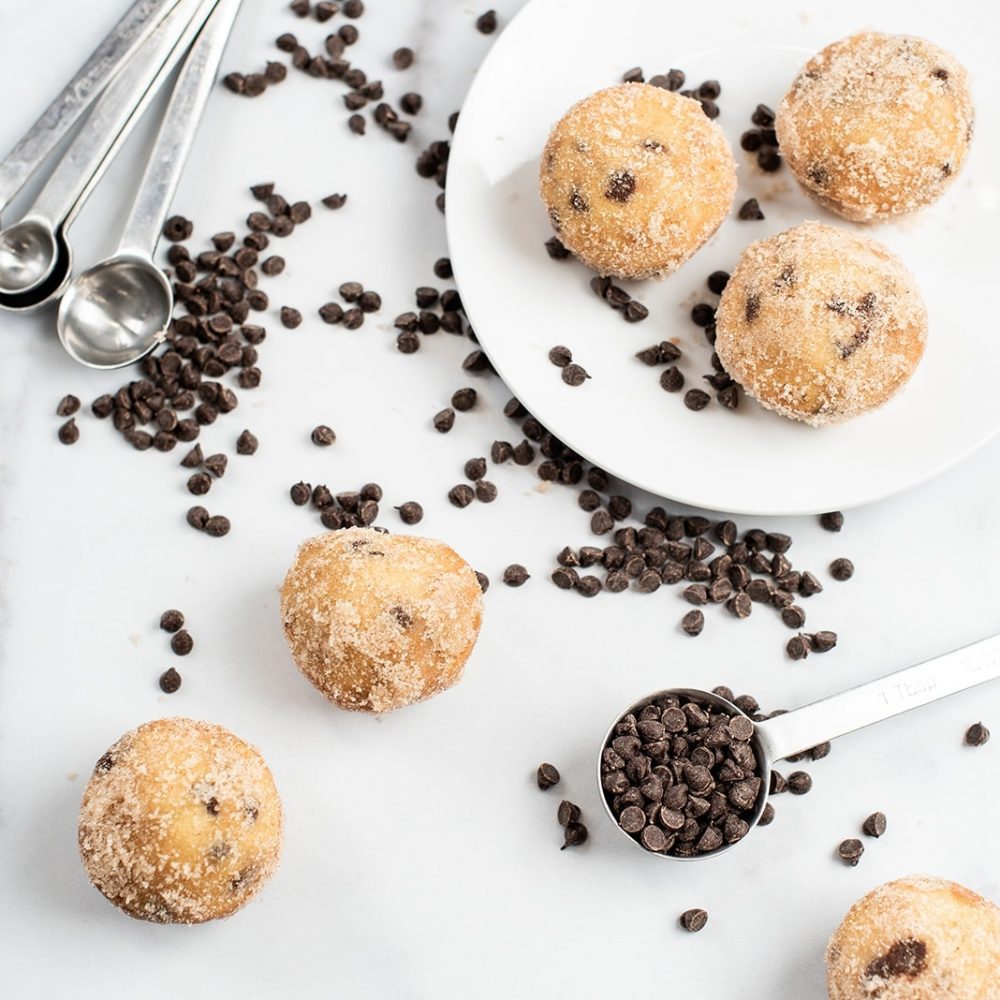

People tend to have notable reactions when you mention pie dough. Some people love pie dough, one of them being a best friend of mine for whom I make pie dough cookies whenever I have time. Other people detest pie dough, and avoid it at all costs. Still others like pie dough, but have yet to ever try making it. Some people love making pie dough and have successfully used the same recipe for years. And then, there are people who try to make it, struggle, get frustrated, and end up in some form of pie dough hell.
My feelings about pie dough also change from time to time. Making a small batch of pie dough is blissful. I can pay attention to the details and the results are dependable, flaky and delicious. However, the reality of my job is that I never ever make a small batch of anything these days unless I’m procrastinating and avoiding taking inventory. Making a huge batch of pie dough is a challenge. It’s easy to over-work the dough (not good) and hard to assess how much moisture to add to the 80qt bowl.
Here’s the good news. Most of you don’t have to worry about how to make an 80qt batch of pie dough. I have some other good news: pie dough is not just for sweet pies. Chicken Pot Pie would be just Chicken Pot without the pie dough. And, with that said, I am happy to share with you my go-to pie dough recipe for when I make pies at home. It’s an all-butter crust, it tastes great, and it really does work. I have tweaked a recipe for pie dough from Rose Levy Beranbaum‘s recipe in her Pie and Pastry Bible cook book. There are a couple of key factors that I wouldn’t skip: only use pastry flour & make sure the butter is cold.
Pie Dough for a double crust pie
Unsalted Butter – 14 Tbs
Pastry Flour – 2 1/4 cups
Salt – 1/4 tsp
Baking Powder – 1/4 tsp
Sugar – 2 tsp
Ice Water – 5-6 Tbs
Cider Vinegar – 1 Tbs
To roll out pie dough
Now, you don’t have any choice but to make a small mess. While this may deter some of you, trust me…it’s worth it.
With these discs of dough, you can do the following:

Owner, Baker,
& Storyteller
You know that friend who has it all together? Yeah. That’s not me. What I can offer you instead are my experiences, insights, and passions. Pithy observations about making cookies. Wry commentary on running a business. Loving (if slightly sarcastic) parenting advice. And if that doesn’t interest you, I have dogs. Cute ones.
browse by
category
head to
the shop

Privacy Policy | Terms & Conditions | Copyright © 2021 Bisousweet